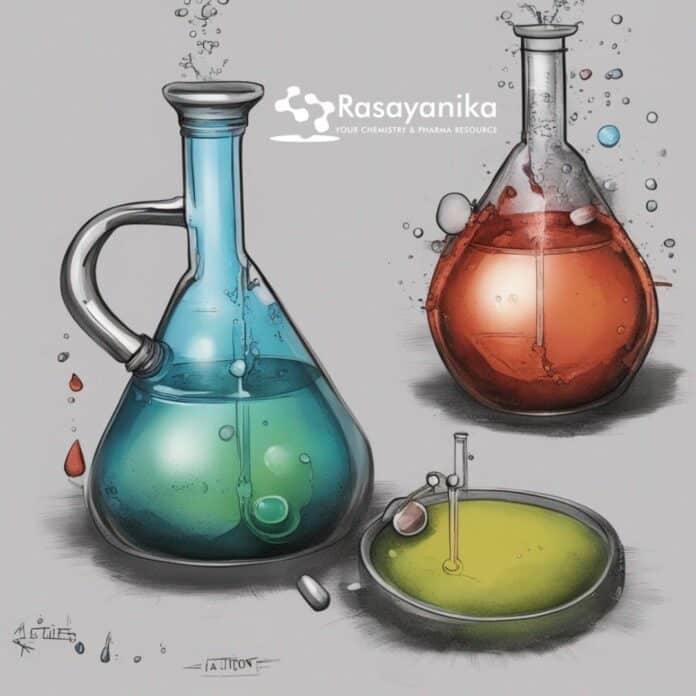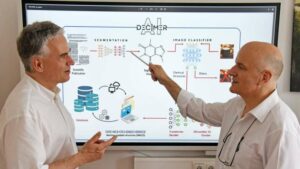A collaborative effort involving researchers from the University of Jena, the Westphalian University of Applied Sciences, and the University of Chemistry and Technology Prague has resulted in the creation of an innovative platform. This platform employs artificial neural networks to transform chemical structural formulae into machine-readable formats, revolutionizing the handling of scientific information.
Traditionally, the process of converting information from scientific publications into databases was labor-intensive, requiring manual effort. However, the team, led by Prof. Christoph Steinbeck and Prof. Achim Zielesny, has introduced a groundbreaking solution in the form of DECIMER.ai. This advanced tool is unveiled in the latest edition of Nature Communications, offering researchers worldwide access to its capabilities.
Structural formulae play a pivotal role in revealing how chemical compounds are constructed, including the arrangement of atoms, their spatial orientation, and the bonds between them. This information enables chemists to discern molecules’ reactivity, synthesize complex compounds, and identify potential therapeutic candidates by assessing their compatibility with cellular target molecules.
Although the concept of representing molecules as structural formulae dates back to the 19th century, translating these illustrations into machine-readable code has been a challenge. The DECIMER tool, standing for “deep learning for chemical image recognition,” addresses this challenge. Available
as an open-source platform on the internet, DECIMER allows researchers to upload scientific articles containing structural formulae effortlessly, triggering the AI’s automatic processing.DECIMER functions by analyzing entire documents for images, identifying and categorizing chemical structural formulae among various images. The tool then translates the recognized formulae into machine-readable code or presents them in a structure editor, enabling further manipulation. This pivotal step marks the heart of the project’s success.
For instance, the structural formula for the caffeine molecule, CN1C=NC2=C1C(=O)N(C(=O)N2C)C, becomes machine-readable and can be seamlessly integrated into databases alongside additional information.
The development of DECIMER harnessed modern AI techniques, akin to those utilized in recent Large Language Models like ChatGPT. The researchers employed existing machine-readable databases to generate training data, amassing around 450 million structural formulae. Beyond academia, industries are embracing DECIMER to facilitate the transition of structural formulae from patent specifications into databases.
The inspiration for DECIMER arose from an interest in AI’s capabilities, sparked by the monumental Go tournament between human champion Lee Sedol and the AI program AlphaGo. Witnessing the AI’s prowess was a revelation, demonstrating its potential to rival human intuition and creativity.
The researchers were struck by the AI’s ability to self-train and improve through iterative self-play, a strategy employed by AlphaGo. Recognizing the power of this approach, they applied it to their project, leveraging AI’s capabilities to address complex challenges when armed with sufficient training data.
This journey, from the awe-inspiring Go tournament to the innovative DECIMER platform, underscores the transformative potential of AI in tackling intricate problems and enhancing research capabilities in various fields.
Chemical knowledge Chemical knowledge Looking for latest chemistry and Pharma job openings, follow Rasayanika Facebook and Telegram and subscribe to our youtube channel for the latest updates on chemistry and Pharma job.


















































